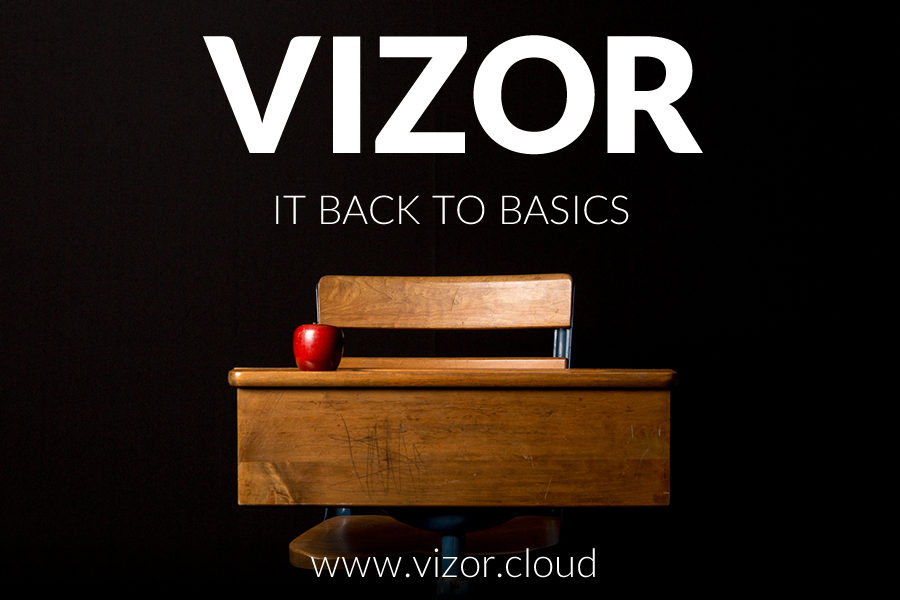ITAM/ITSM in the cloud? watch out for integration challenges
ITAM/ITSM opportunities for integration – right now
We have talked before today about the broader opportunities for exploiting the data held in an IT asset management database. We have also talked about the integration of a help desk with other very separate systems such as customer information held on Great Plains, and such as incoming phone call information collected from a SIP compliant phone system. What lies under all these initiatives is the opportunity to increase effectiveness through leverage of existing systems, and through innovation in business processes.
Cloud and process innovation – incompatible priorities?
During this last twelve months, ‘cloud’ and ‘innovation’ have both been high up the list of goals for the CIO, but I haven’t seen much advice about how to combine those two areas of focus. Best Replica watch sites 2025 usa Rather, the pressure to “do something with the cloud” suggests simply looking for areas of IT provision to ‘offload’ or convert into a truly on-demand, ‘out there somewhere I don’t care where someone else is looking after it’ cloud-sourced function. That appears to be the goal, to have areas of business IT provided with as much ease and flexibility as the electrical power that comes out of the hole in the wall. To me, that contrasts with a focus on process innovation, which looks for more ways of providing cross-fertilization and synergy between different areas of business process. Innovation seeks to add more intelligence, and 95% of times this involves added complexity, not less. More sharing and movement of data, more joining up business processes.
The contrast surfaced again in conversation yesterday with some new friends in Reading in the UK. We had been talking enthusiastically about the scope for SQL-driven integration of an IT support help desk with any existing SQL-server hosted IT asset database for which the schema was published. Later in the session, the conversation turned to the market’s interest in taking a SaaS approach to providing issue and problem management to the help desk – whether customers wanted all this hosted elsewhere rather than in-house. Immediately, the question was asked “How are you going to integrate that issue tracking system with your existing asset configuration data?” “How are you going to configure a system hosted out in the cloud to have access to the data held on a local SQL server?” “Without compromising your network security?”
Innovate first, then save costs with cloud?
I suspect that cloud computing is seen as a paradigm that can save costs. As such, it would reduce costs for everyone who adopts it. It does not, therefore, deliver any lasting competitive edge. That can only come from innovation, using innovation to stay one step ahead of competition in efficiency, in customer service, in responsiveness. To come back to our basic example, I think it makes much more sense to look for integration between help desk and change management and IT asset management, before looking to push any of those functions into the cloud. Once you can see how to exploit the cloud without compromising your opportunities for synergies and integration, then go ahead.





